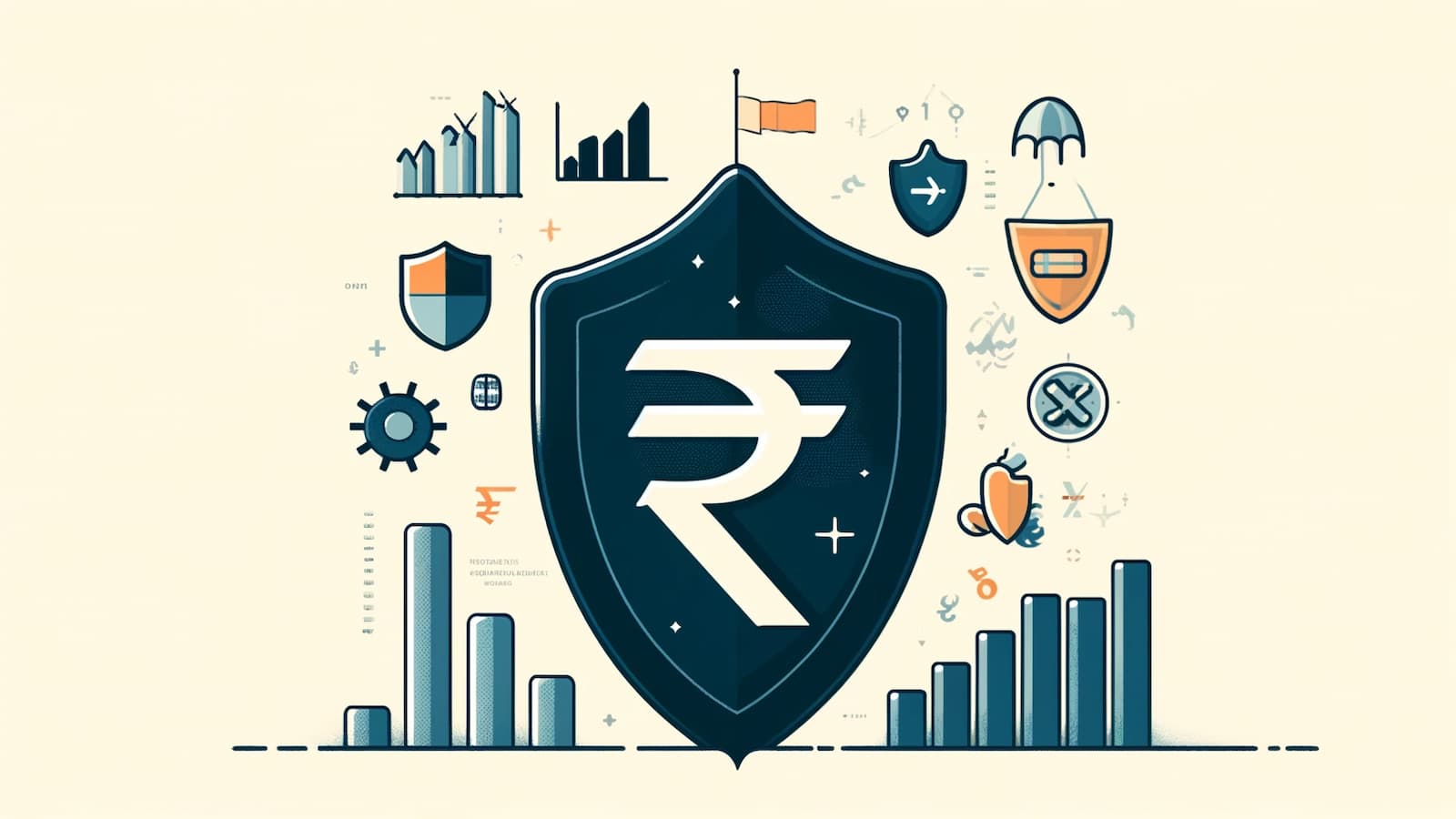
The Indian rupee is noted as a particularly defensive currency among emerging market currencies. This is due to the stability of India's economic situation, proactive central bank policies, and government economic reforms. Notably, the Indian rupee plays a significant role in FX carry strategies.
Role of the Reserve Bank of India
The Reserve Bank of India (RBI) implements strict monetary policies aimed at controlling inflation and stabilizing the currency. RBI's proactive interventions help prevent excessive fluctuations in the rupee.
India's Policy Changes
The Indian government is promoting economic reforms to attract foreign investment and support economic growth. This contributes to the stability of the rupee's value.
Goldman Sachs' Evaluation
Goldman Sachs rates the Indian rupee as a defensive currency. This is due to the strong foundation of India's economy and the stability of government and central bank policies.
Details of the Defensive Strategy
Goldman Sachs' defensive strategy aims to build a portfolio that includes the Indian rupee to minimize risk. This strategy is effective even when other emerging market currencies are unstable.
Comparison with Other Emerging Markets
Compared to other emerging market currencies, the Indian rupee is considered stable and low-risk. This is because India's economic situation and policies are more solid than those of other countries.
Basics of FX Carry Strategy
An FX carry strategy involves borrowing in low-interest-rate currencies and investing in high-interest-rate currencies to earn a profit. This strategy aims to maximize returns by exploiting interest rate differentials.
Mechanism of Profit
This strategy earns profit by borrowing low-interest-rate currencies and investing in high-interest-rate currencies, benefiting from the interest rate differential. The Indian rupee is often used as a high-interest-rate currency due to its stability, making it suitable for carry strategies.
Balance of Risk and Return
While the carry strategy aims for high returns, it also involves currency fluctuation risks. Due to its defensive characteristics, the Indian rupee is suitable for pursuing returns while minimizing risks.
Stable Economic Growth
India has maintained a high economic growth rate over the long term, which is a crucial factor supporting the rupee's value. Economic diversification and strong domestic demand sustain this growth.
Government Policies
The Indian government is accelerating economic growth by promoting investment and improving infrastructure. This enhances the rupee's reliability.
Foreign Exchange Reserves
India holds abundant foreign exchange reserves, which is an important factor in stabilizing the rupee's value. Ample foreign exchange reserves also enhance international credibility.
Trends of Other Emerging Market Currencies
Other emerging market currencies are often high-risk due to political instability and economic fluctuations. In contrast, the Indian rupee is stable and attractive to investors.
Comparison with the Indian Rupee
Compared to other emerging market currencies, the Indian rupee is low-risk and offers potential returns, making it suitable for carry strategies.
Future Outlook
India's economy is expected to continue growing, and the rupee's value is predicted to remain stable. This will maintain its position as a defensive currency in the future.
Global Economic Risks
If the global economic environment deteriorates, the Indian rupee may also be affected. However, India's diversified economy helps spread the risks.
India-specific Risks
Political fluctuations and changes in economic policies within India could impact the rupee's value. However, stable policies from the government and central bank mitigate these risks.
Short-term Market Fluctuations
Short-term market fluctuations are inevitable, but the Indian rupee, as a defensive currency, can minimize these impacts.
Future
Supported by stable economic growth and a strong policy foundation, the Indian rupee will continue to maintain its position as a defensive currency. For investors, the Indian rupee is an attractive option for pursuing returns while minimizing risks.
Advice for Investors
Investors can expect stable returns by considering a portfolio that includes the Indian rupee, diversifying risks. Following Goldman Sachs' perspective, adopting a defensive strategy is prudent.
We explain the reasons why the Indian Rupee is gaining attention as a defensive currency and the strategies behind it.
Superior trade execution & trading conditions with the NDD method.

The online FX industry provides a platform for investors worldwide to engage in the buying and selling.

Subscribe to our daily newsletter and get the best forex trading information and markets status updates
Trade within minutes!
Comment (0)